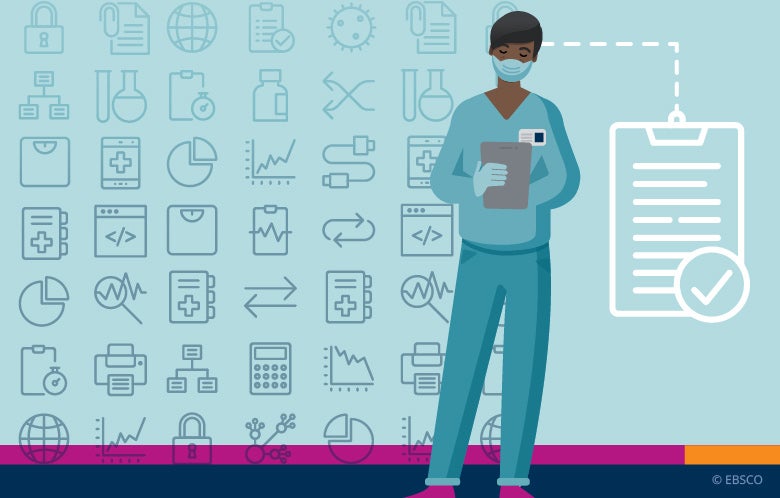Smart Brevity is an evidence-based strategy developed by the media company AXIOS and is specifically intended for journalists or those who work with words. Smart Brevity gives your audience a clear and concise message, saving time and providing information effectively in as little words as possible.
In some ways, the concept of smart brevity is echoed in technology and user experience. The way we interact with our phones, streaming services and ecommerce sites share a fundamental practice – get people what they want in the quickest amount of time.
The same is true in medical research. You can have the best medical content and research materials. But if clinicians, researchers and medical employees cannot easily find, choose, and use the information they need, it is not just the expansion of knowledge that is compromised. Patient care, budget for your medical library and time spent looking for resources are elements affected by a poor research experience. In fact, a 2021 article in the JMLA details eight barriers to clinical information access that were developed out of the MLA’s Insight Initiatives working groups:
- Time
- Access
- Awareness
- Financial Limitations
- Paywalls
- Integration
- Resource Scope
- Resource Platforms
The way we interact with our phones, streaming services and ecommerce sites all share a fundamental practice – give people what they want in the quickest amount of time. The same is true in medical research.
The way we interact with our phones, streaming services and ecommerce sites all share a fundamental practice – give people what they want in the quickest amount of time. The same is true in medical research.
Time, access and awareness can be closely linked to one another. Most medical staff is short on time and needs answers quickly, and yet many research platforms do not anticipate user needs or act like commercial platforms we use in our everyday lives. Conversely, resource platforms, integrations and paywalls are a result of underwhelming technology or disparate systems that have difficulty working well together to deliver relevant information. Resource scope and financial limitations are easily a married couple that walk hand in hand as a barrier for medical libraries and users.
The answer to these barriers is quite simple. It starts with assessing the user interface (UI) of your research platforms. The first step in assessing the UI of your research platforms is by looking at it through the lens of “smart brevity” or simply, simplicity. Adobe lists four golden rules of UI design:
- Places users in control of the user interface
- Makes it comfortable to interact with the product/platform
- Reduces cognitive load
- Make user interfaces consistent
Implementing these four ideas to alleviate the eight barriers to clinical information access is easier said than done. Our quick start eGuide is a good way to get the basics of common UI elements that are universally used in products and platforms. The eGuide demonstrates common UI practices that work well in a medical research platform.



